What is the Flange Forging Process in 2023-24
In the complex realm of metallurgy and engineering, the art of flange forging emerges as a pivotal method in crafting sturdy and dependable components for diverse industries. Flanges, pivotal in linking pipes, valves, and other machinery, experience a specialized forging procedure to guarantee their resilience and structural soundness. This piece explores the intricacies of flange forging, elucidating on the techniques, materials, and importance of this fundamental manufacturing process.
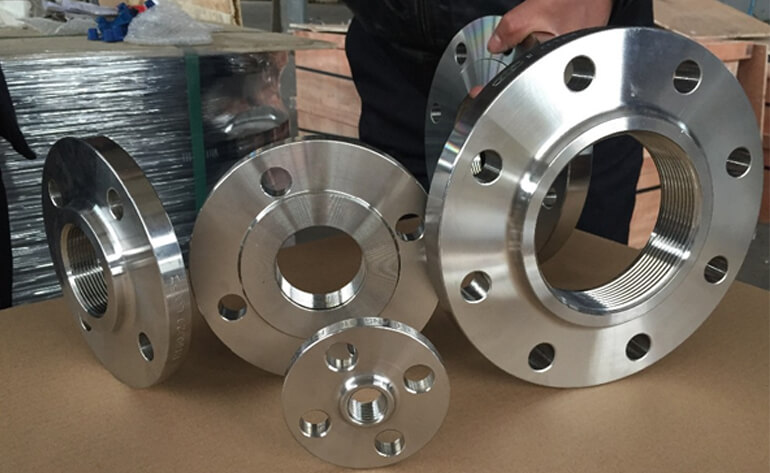
Understanding Flanges
Before delving into the forging process, it’s crucial to grasp the role of flanges in industrial applications. Flanges are flat, circular components with evenly spaced holes, designed to connect pipes, valves, and other equipment to form a piping system. They serve multiple purposes, including providing support, facilitating proper alignment, and allowing for easy maintenance and repairs.
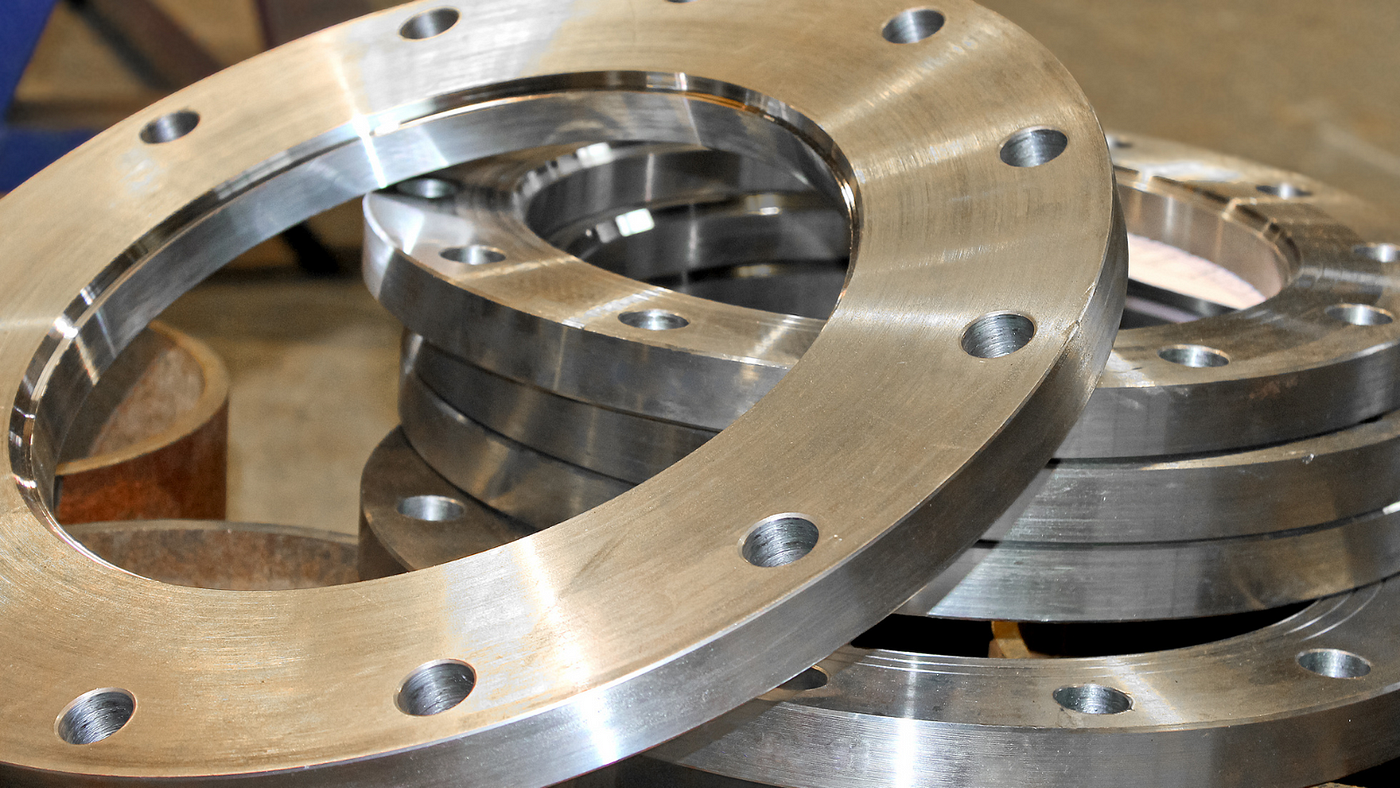
The Importance of Flange Forging
Flanges are subject to high pressures, extreme temperatures, and challenging operating conditions, depending on the industry they serve. Therefore, it is imperative to manufacture them with materials and processes that ensure resilience and longevity. Flange forging is a preferred method for creating these components due to its ability to enhance material properties and produce parts with superior strength and structural integrity.
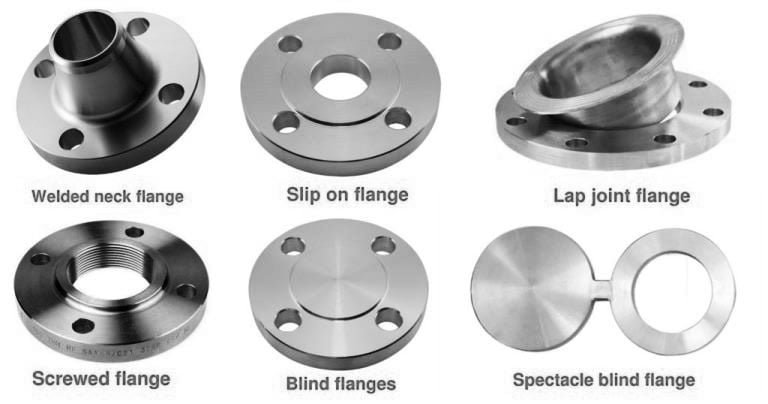
The Flange Forging Process
Material Selection:
Selecting the appropriate material marks the initial phase of the flange forging procedure, with options ranging from carbon steel and stainless steel to alloy steel. The material chosen is contingent upon the precise needs of the application, encompassing factors like operating conditions, fluid characteristics, and temperature parameters.

Billet Heating:
Once the material is chosen, the billet, a cylindrical metal bar, is heated to an elevated temperature. This temperature is carefully controlled to achieve optimal material properties. The heating process is crucial for enhancing the material’s plasticity, making it easier to shape during the forging stages.

Die Design and Preparation:
Die design is a critical aspect of the flange forging process. The dies are molds or tools used to shape the heated billet into the desired flange form. The dies must be meticulously designed to ensure precision and consistency in the final product. They are usually made from high-strength materials to withstand the repeated stress and pressure of the forging process.
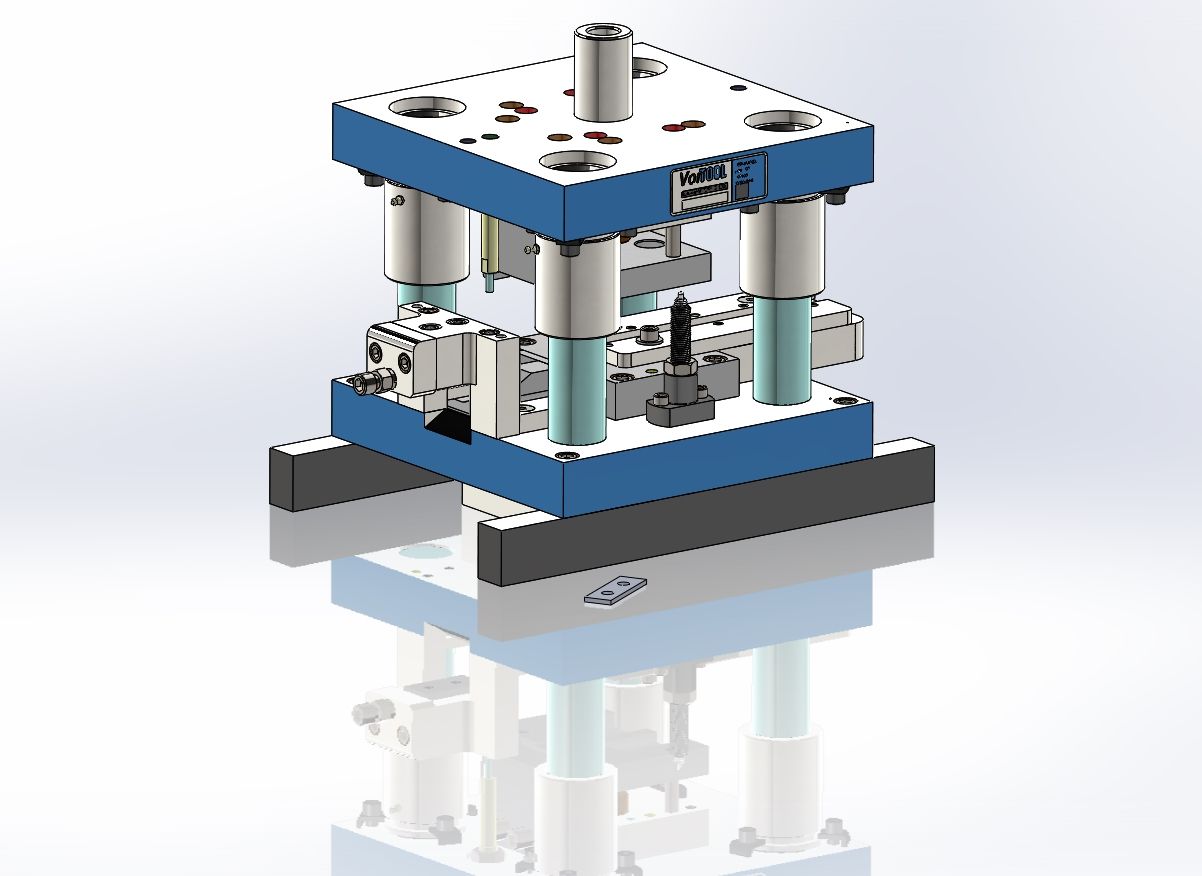
Forging:
The forging process involves shaping the heated billet between the dies through controlled deformation. There are various forging methods, including open-die forging, closed-die forging, and ring rolling. For flanges, open-die and closed-die forging are commonly employed. In open-die forging, the billet is shaped by repeated strikes from a hammer or press, while closed-die forging involves shaping the material within a set of dies.
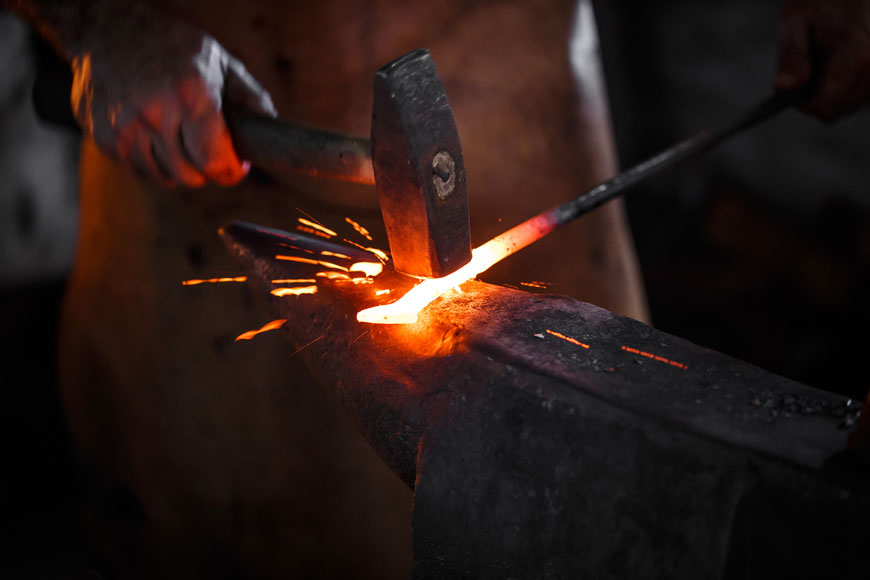
Trimming and Piercing:
After the initial forging, the flange undergoes additional processes such as trimming and piercing. Trimming removes excess material and refines the shape, while piercing creates the necessary holes for bolting and connecting the flange to other components.
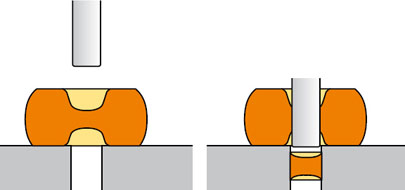
Heat Treatment:
To optimize the mechanical properties of the forged flange, heat treatment is often applied. This involves controlled heating and cooling processes to achieve specific material characteristics such as hardness, strength, and ductility.

Machining and Inspection:
In the culmination of the flange forging procedure, precision machining is employed to attain exact dimensions and refined surface textures. Thorough inspection is conducted to guarantee the flange’s adherence to industry standards and overall quality. Utilizing non-destructive testing techniques like ultrasonic testing and radiography aids in identifying potential defects or irregularities.

Conclusion
Forging flanges is a sophisticated and intricate procedure pivotal to crafting robust and top-notch components intended for industrial use. Meticulous material choices, precise control of forging parameters, and stringent quality inspections are key elements enabling manufacturers to create flanges meeting the exacting requirements of diverse industries. With the ongoing progress in technology, continual advancements in forging methods and materials are anticipated to elevate the efficiency and durability of flanges, guaranteeing the steadfastness of piping systems worldwide.
READ MORE: WHAT IS BUTTON HEAD SCREWS , AND PROPERTIES , APPLICATIONS
READ MORE: How to start a new startup business on Deepawali 2023




